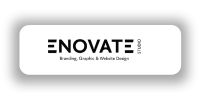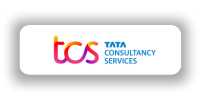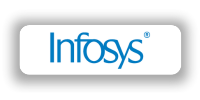A Complete Guide to SQL Server Course in Kerala
A Whole Guide to SQL Server Course Training: Learn skills that are in demand and become equipped for work in Kerala.

What you'll learn
Master the art of data manipulation and analysis with our comprehensive SQL Server Course Training! This program equips you with the skills to become a proficient SQL Server professional, empowering you to design, manage, and query databases efficiently.
Whats Material Includes?
- Introduction to SQL Server
- Setting Up and Connecting to SQL Server
- Working with Databases, Tables, and Views
- Data Manipulation in SQL Server
- Data Filtering and Retrieval with WHERE Clause
- Joining Tables for Complex Queries
- Introduction to SQL Server Integration Services (SSIS) (Optional):
- Database Administration Tasks
- Security and User Management
- Stored Procedures and Functions for Code Reusability
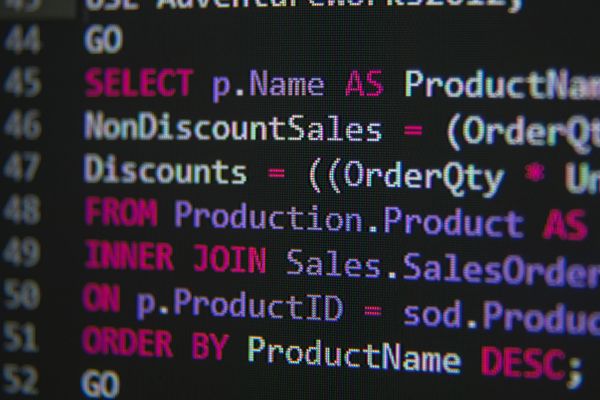
Complete a SQL Server Course Training with Samantus
- Live Project
- 95% Practical
- 100% Placement help
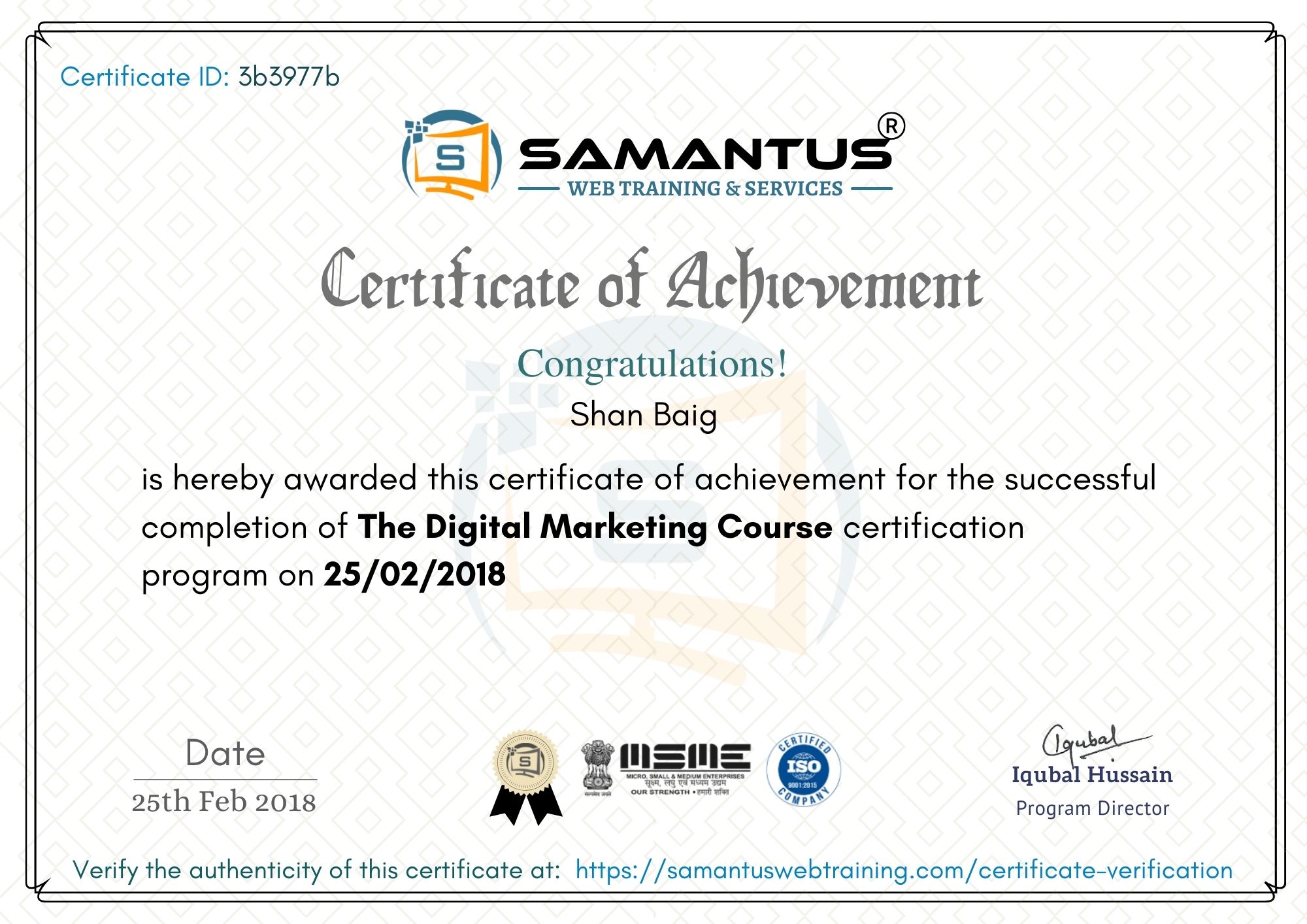
Get a Certificate in SQL Server Course in Kerala
Unlock Your Potential: Get Your SQL Server Course Training Certificate Today

Award winning

Make your Career
Course Curriculum: Your Path to SQL Server Mastery
Our SQL Server Course Training is meticulously crafted to equip you with the essential skills to become a proficient SQL Server user. Here’s a glimpse into the exciting world of SQL Server data management that awaits you:
1: Introduction to SQL Server
Module 1: Introduction to Databases and SQL Server
- Understanding the role of databases in modern applications
- Overview of SQL Server as a relational database management system (RDBMS)
Module 2: Installing SQL Server
- A step-by-step guide to installing SQL Server on the Windows operating system
- Configuring server settings and security options during installation
Module 3: SQL Server Management Studio (SSMS)
- Introduction to SSMS: navigating the interface, connecting to databases, and executing queries
- Overview of SSMS features: object explorer, query editor, and solution explorer
Module 4: The SQL Server Architecture
- Understanding the components of the SQL Server architecture: database engine, storage engine, and query processor
- Exploring the system databases: master, model, msdb, and tempdb
Module 5: Creating and Managing Databases
- Creating databases using SSMS and Transact-SQL (T-SQL) scripts
- Managing database files, filegroups, and backup strategies
Module 6: Data Manipulation with T-SQL
- Introduction to the Transact-SQL (T-SQL) language: syntax, data types, and operators
- Writing SELECT statements to retrieve data from tables
Module 7: Working with tables and views
- Creating and managing tables: defining columns, constraints, and indexes
- Creating and using views to simplify complex queries
Module 8: Data Modification with T-SQL
- Performing data manipulation operations: insert, update, and delete statements
- Using transactions to ensure data integrity and consistency
Module 9: Querying Multiple Tables
- Understanding relationships between tables: INNER JOIN, LEFT JOIN, RIGHT JOIN, and CROSS JOIN
- Writing complex queries to retrieve data from multiple tables
Module 10: Data Aggregation and Grouping
- Using aggregate functions (SUM, AVG, COUNT, MIN, MAX)
- Grouping data using the GROUP BY clause and applying filters with the HAVING clause
Module 11: Introduction to Stored Procedures and Functions
- Creating and executing stored procedures: reusable SQL code blocks
- Creating user-defined functions (UDFs) for custom data manipulation tasks
Module 12: Introduction to Data Security and Permissions
- Managing security principles: logins, users, roles, and permissions
- Implementing security best practices to protect sensitive data
Module 13: Introduction to Indexing and Performance Optimization
- Understanding indexing concepts: clustered, non-clustered, and composite indexes
- Analyzing query execution plans and optimizing query performance
Module 14: Introduction to Data Integration and ETL Processes
- Overview of data integration techniques: importing, exporting, and transforming data
- Introduction to SQL Server Integration Services (SSIS) for ETL (Extract, Transform, Load) processes
Module 15: Introduction to Reporting and Analysis Services
- Overview of SQL Server Reporting Services (SSRS) and SQL Server Analysis Services (SSAS)
- Creating basic reports and multidimensional data models for analysis.
Module 16: Project-Based Learning
- Applying SQL Server skills to real-world database development and management scenarios
- To reinforce learning and demonstrate proficiency, complete hands-on exercises and projects.
This course curriculum provides a comprehensive introduction to SQL Server, covering basic to intermediate database concepts, Transact-SQL (T-SQL) programming, database administration tasks, and optional modules on data integration, reporting, and analysis services.
2: Setting Up and Connecting to SQL Server
Module 1: Introduction to SQL Server Setup
- Overview of the SQL Server installation process
- Understanding system requirements and prerequisites for SQL Server installation
Module 2: Pre-Installation Preparation
- Planning the SQL Server installation: selecting the appropriate edition and version
- Checking hardware and software compatibility for SQL Server installation
Module 3: SQL Server Installation Options
- Choosing the installation type: standalone, clustered, or hybrid deployment
- Understanding installation scenarios: default instance vs. named instance
Module 4: The Step-by-Step Installation Process
- Walking through the SQL Server installation wizard: configuration options and settings
- Configuring server roles, features, and services during installation
Module 5: Post-Installation Configuration
- Performing post-installation tasks: configuring server properties, security settings, and network protocols
- Verifying the successful installation and checking server status
Module 6: SQL Server Management Studio (SSMS) Setup
- Installing and configuring SQL Server Management Studio (SSMS) for database administration
- Connecting to SQL Server instances using SSMS: authentication methods and connection options
Module 7: Connecting to SQL Server Instances
- Establishing connections to SQL Server instances: using SQL Server Authentication and Windows Authentication
- Troubleshooting common connection issues and errors
Module 8: Remote Access and Firewall Configuration
- Enabling remote access to SQL Server: configuring firewall rules and port settings
- Securing remote connections with SSL encryption and network protocols
Module 9: SQL Server Configuration Manager
- Overview of SQL Server Configuration Manager: managing services, protocols, and configuration settings
- Configuring SQL Server instances for optimal performance and security
Module 10: Connecting to SQL Server from Applications
- Integrating SQL Server with applications: connecting to SQL Server databases from web applications, desktop applications, and mobile apps
- Using connection strings and ODBC drivers to establish database connections
Module 11: Best Practices for SQL Server Setup and Connectivity
- Implementing best practices for SQL Server setup and configuration: security, performance tuning, and high availability
- Planning scalability and growth: optimizing SQL Server deployments for future requirements
Module 12: Project-Based Learning
- Applying SQL Server setup and connectivity skills to real-world scenarios: setting up SQL Server environments, configuring connections, and troubleshooting connectivity issues
- To reinforce learning and demonstrate proficiency, complete hands-on exercises and projects.
3: Working with Databases, Tables, and Views
Module 1: Introduction to SQL Server Fundamentals
- Overview of SQL Server as a relational database management system (RDBMS)
- Understanding the fundamental building blocks: databases, tables, and views
Module 2: Introduction to Databases
- Understanding databases: collections of related data organized for efficient retrieval and manipulation
- Exploring database properties: name, owner, filegroups, and data files
Module 3: Creating and Managing Databases
- Creating databases using Transact-SQL (T-SQL) commands: Create a database statement.
- Managing database properties: altering database settings and options
Module 4: Introduction to Tables
- Understanding tables: structured collections of data organized in rows and columns
- Exploring table properties: name, columns, data types, constraints, and indexes
Module 5: Creating and Managing Tables
- Tables can be created using T-SQL commands: Create a table statement.
- Modifying table structure: changing columns, adding constraints, and dropping tables.
Module 6: Introduction to Views
- Understanding views: virtual tables derived from one or more underlying tables
- Exploring view properties: name, columns, and underlying query
Module 7: Creating and Managing Views
- Creating views using T-SQL commands: CREATE VIEW statement
- View modification: changing view definitions and dropping views
Module 8: Data Manipulation with T-SQL
- Inserting, updating, and deleting data in tables using T-SQL commands: Insert, update, and delete statements
- Retrieving data from tables using SELECT statements
Module 9: Advanced Table Operations
- Managing table data: truncating tables, copying data between tables, and merging datasets.
- Using temporary tables and table variables to store temporary data
Module 10: Advanced View Operations
- Creating indexed views for improved query performance
- Understanding views, restrictions, and limitations
Module 11: Best Practices for Database Design
- Designing databases, tables, and views for optimal performance and scalability
- Implementing data integrity constraints and normalization principles
Module 12: Project-Based Learning
- Applying SQL Server fundamentals to real-world scenarios: designing databases, creating tables and views, and managing database objects using T-SQL commands
- To reinforce learning and demonstrate proficiency, complete hands-on exercises and projects.
4: Data Manipulation in SQL Server
- Delve into Transact-SQL (T-SQL) for managing data within your SQL Server databases.
- Master essential T-SQL statements like INSERT, SELECT, UPDATE, and DELETE to perform CRUD operations on your data.
5: Data Filtering and Retrieval with WHERE Clause
- Explore the WHERE clause, a cornerstone of T-SQL queries, to filter and retrieve specific data sets based on your requirements.
6: Joining Tables for Complex Queries
- Learn how to join multiple tables within your SQL Server database to retrieve data from related tables, enabling you to answer more intricate data queries. (This may vary depending on the course content.).
7: Stored Procedures and Functions for Code Reusability
- Explore stored procedures and functions, powerful T-SQL features for creating reusable code blocks and improving database application logic. (May vary depending on the course content).
8: Security and User Management
- Understand essential security practices for protecting your SQL Server databases, including user accounts, access controls, and permissions. (This may vary depending on the course content.).
9: Database Administration Tasks
- Explore database administration tasks like backups, performance optimization, and replication to maintain the health and efficiency of your SQL Server databases. (This may vary depending on the course content.).
10: Introduction to SQL Server Integration Services (SSIS)
- (Optional) Gain exposure to SSIS, a powerful tool for automating data extraction, transformation, and loading (ETL) processes within SQL Server. (This may vary depending on the course content.).
Companies That Hire
(Freshers & Experienced Required As Per Company Norms)

